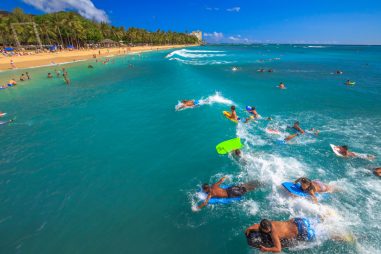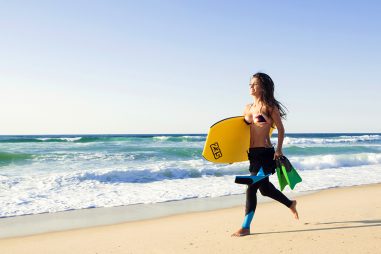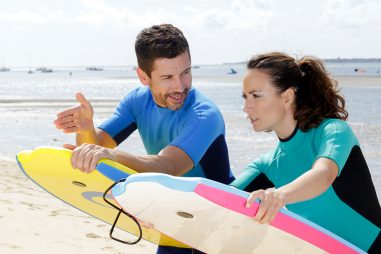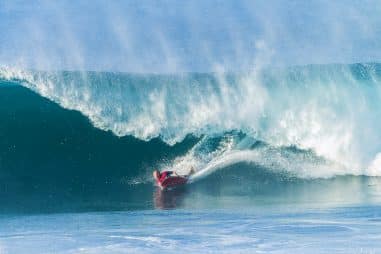
Bodyboarding


How to Get Into Bodyboarding (Everything You Need to Know Before Starting)

How Do I Choose the Right Bodyboard Fins (and Are they Really Necessary)?

How Do I Learn to Bodyboard (and How Do I Get Better)?

Is Bodyboarding Good Exercise (for Muscle Building and Weight Loss)?

The Best Bodyboarding Spots (Beaches for Bodyboarding in the US, the UK, Australia, and the Rest of the World)

Skimboarding vs. Bodyboarding vs. Boogie Boarding (Which Board Should I Get?)

Bodyboarding vs. Surfing (What Is Best)

What Are the Best Conditions for Bodyboarding (Time, Waves, Tide, and Weather)?

